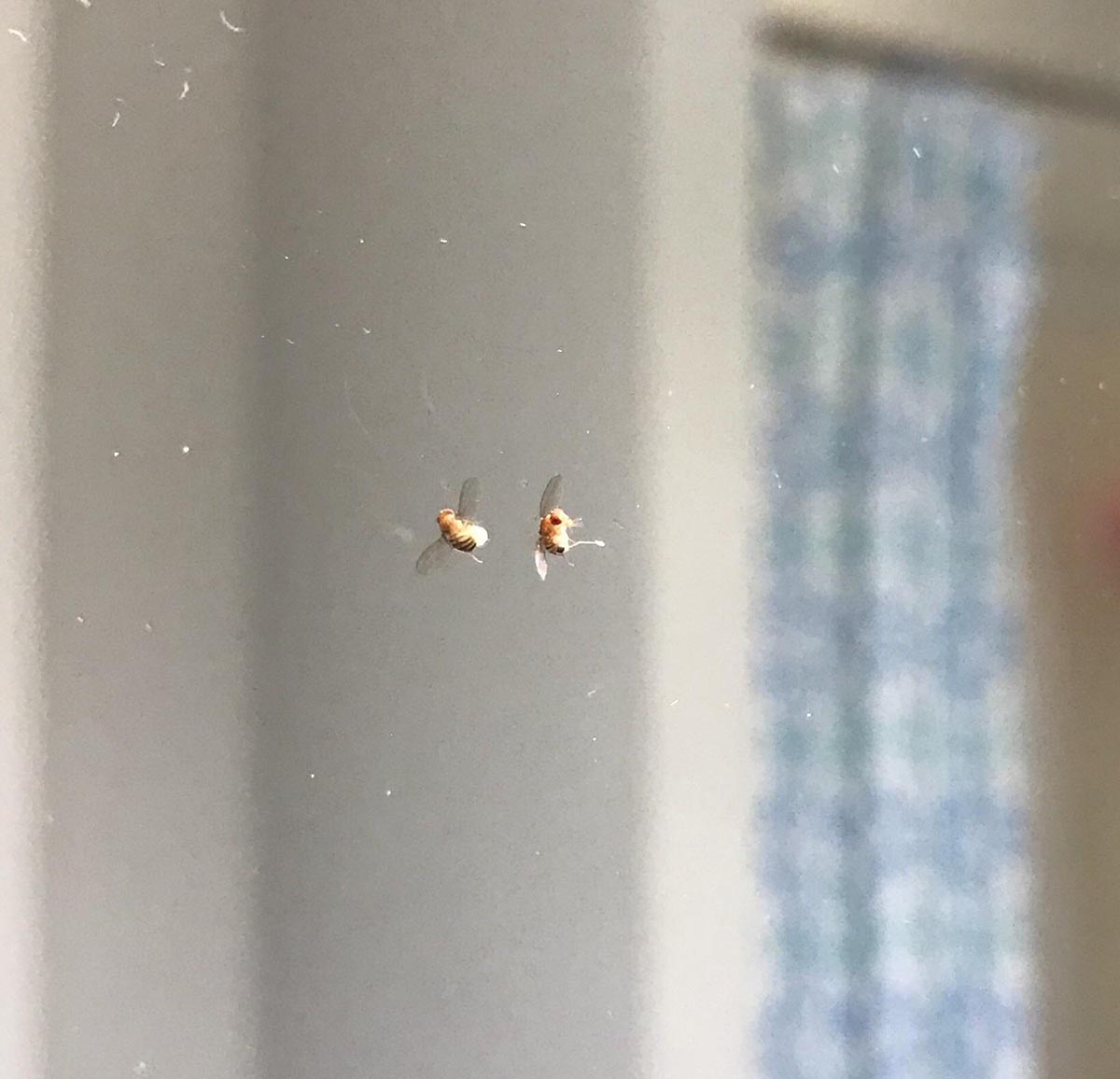

Articles
Why Do Fruit Flies Like Mirrors
Modified: May 6, 2024
Discover the intriguing behavior of fruit flies and their attraction to mirrors in this collection of insightful articles. Explore the curious nature of these pests and gain insights into their unusual preferences.
(Many of the links in this article redirect to a specific reviewed product. Your purchase of these products through affiliate links helps to generate commission for Storables.com, at no extra cost. Learn more)
Introduction
Have you ever noticed fruit flies buzzing around a mirror? It may seem peculiar, but this seemingly inexplicable attraction has intrigued scientists for years. Fruit flies are tiny insects that are commonly found in our homes, especially in areas where ripe fruits and vegetables are present. While their presence can be annoying, they serve as fascinating creatures for scientific study.
In this article, we will delve into the intriguing question of why fruit flies are attracted to mirrors. We will explore the role of visual cues, the perception of reflections, possible explanations for this behavior, the influence of light, genetic factors, and the broader implications of understanding the behavior of fruit flies. So, let’s unravel the mystery behind this curious phenomenon.
Key Takeaways:
- Fruit flies are attracted to mirrors due to their keen visual cues, mistaking reflections as potential mates or competitors. Understanding this behavior can inspire innovative pest control strategies and contribute to neuroscience research.
- The attraction of fruit flies to mirrors provides valuable insights into their sensory perception, genetic factors, and evolutionary adaptations. Further research into the specific neural circuits and environmental influences can unlock new possibilities for pest control and neuroscience advancements.
Read more: Why Do Babies Like Mirrors
Why are fruit flies attracted to mirrors?
The attraction of fruit flies to mirrors can be attributed to a combination of factors, including their sensitivity to visual cues and the perception of reflections. Fruit flies possess a keen sense of vision, allowing them to navigate their environment and find food sources. Mirrors, with their reflective surfaces, can confuse fruit flies by creating an optical illusion that appears like an extension of their environment.
One possible explanation for their attraction to mirrors is that fruit flies mistake their own reflections as potential mates or competitors. In the mating process, male fruit flies perform courtship rituals involving wing vibrations and specific body postures to attract females. When they encounter their reflection in a mirror, they might interpret it as another fruit fly and engage in courtship behaviors, leading to their continuous presence near mirrors.
Furthermore, fruit flies are also known to exhibit territorial behavior. They mark their territory by releasing pheromones, which other fruit flies can detect. When they see their reflection in a mirror, they might perceive it as an intruder encroaching on their territory, triggering defensive behaviors.
Another explanation relates to the role of light in attracting fruit flies. These insects are highly sensitive to light, and mirrors can reflect and amplify light sources in the surrounding environment. Fruit flies are naturally drawn to sources of light, as they associate them with potential food sources. So, when they encounter a mirror reflecting light, they are instinctively attracted to it, hoping to find a food source or potential mating partner.
It is important to note that the exact reasons why fruit flies are attracted to mirrors are still subject to ongoing scientific research. Different theories have been proposed, and it is likely that a combination of factors contributes to their behavior. Further studies into their perception and cognitive abilities will provide deeper insights into their intricate attraction to mirrors.
The role of visual cues
Visual cues play a significant role in the attraction of fruit flies to mirrors. These tiny insects have well-developed compound eyes that allow them to process and respond to visual stimuli efficiently. They rely on visual cues to locate food sources, mates, and suitable areas for breeding.
Mirrors, with their reflective surfaces, present an interesting visual stimulus for fruit flies. They perceive the reflected image as an extension of their environment, which can be both confusing and intriguing for them.
One aspect of visual cues that may attract fruit flies to mirrors is their innate preference for brighter and contrasting objects. Mirrors often reflect and amplify light sources, making them stand out in their surroundings. This heightened visual stimuli prompt fruit flies to investigate the mirror, expecting to find a potential food source or mating partner.
Furthermore, fruit flies have excellent motion detection abilities. They are highly sensitive to small movements and changes in their visual field. Whenever they observe movements, they are naturally inclined to investigate further. When fruit flies see their own reflection moving in a mirror, they may confuse it with another fruit fly and engage in behaviors like courtship or aggression.
Interestingly, research has shown that manipulating certain visual cues can alter the attraction of fruit flies to mirrors. For example, covering the mirror with a polarized film that reduces reflected light intensity may significantly decrease their interest. This suggests that the intensity and quality of the visual cues provided by mirrors play a crucial role in fruit fly behavior.
Overall, the role of visual cues cannot be underestimated when considering the attraction of fruit flies to mirrors. Their ability to interpret and respond to reflections is a testament to their sophisticated visual perception system and provides valuable insights into their behavior.
Reflection and perception
The phenomenon of fruit flies being attracted to mirrors can be better understood by examining their perception of reflections. Fruit flies, like many other insects, have evolved to perceive the world differently from humans and other animals.
When a fruit fly encounters a mirror, it perceives the reflected image as an extension of its environment. This perception is primarily driven by their compound eyes, which are composed of numerous individual visual units called ommatidia. Each ommatidium captures a small portion of the visual field, and the combined signals from all ommatidia create a mosaic-like image.
Interestingly, fruit flies have a wide field of view due to the arrangement and distribution of their ommatidia. This wide field of view allows them to capture a large portion of their surroundings, including the reflective surface of a mirror.
However, fruit flies may not perceive the reflected image in the same way that we do. Their limited cognitive abilities and different neuronal responses to visual stimuli might cause them to interpret the reflection differently. For example, they might see a distorted image, or certain objects within the reflection might appear more prominent than others.
It is also important to note that fruit flies have a preference for certain visual features, such as brightness and contrast. Mirrors, with their highly reflective surfaces and ability to amplify light sources, create a visually appealing environment for fruit flies. This could explain their attraction to mirrors, as they perceive them as a potential food source or a suitable area for mating.
Overall, while fruit flies may not perceive reflections in the same way humans do, their perception and interpretation of the visual cues provided by mirrors play a crucial role in their attraction and interaction with these reflective surfaces.
Possible explanations
The attraction of fruit flies to mirrors can be attributed to a variety of possible explanations. While the exact reasons are still being explored by scientists, several theories have emerged to shed light on this intriguing behavior.
One possible explanation is that fruit flies are attracted to mirrors because they mistake their own reflections as potential mates or competitors. Fruit flies engage in complex courtship rituals involving visual displays and pheromone communication. When they see their own reflection in a mirror, they might perceive it as another fruit fly and respond with courtship behaviors such as wing vibrations and specific postures.
Another theory suggests that fruit flies are attracted to mirrors due to territorial instincts. Fruit flies establish territories by marking them with pheromones, and they are highly sensitive to the presence of other fruit flies within their territory. When they see their reflection in a mirror, they might perceive it as an intruder trespassing on their territory, triggering defensive behaviors and leading to their continuous presence near mirrors.
Furthermore, fruit flies are known for their attraction to light sources. They are sensitive to light and associate it with food sources. Mirrors can reflect and amplify light, creating an enticing visual stimulus for fruit flies. They might be drawn to mirrors in the hopes of finding a source of food or potential mates.
Genetic factors and evolution may also play a role in the attraction of fruit flies to mirrors. Some studies have indicated that certain genetic variations can affect the response of fruit flies to visual stimuli, including mirrors. These genetic factors can influence how fruit flies perceive and interact with reflective surfaces, further contributing to their attraction to mirrors.
In summary, the attraction of fruit flies to mirrors can be explained by theories such as mistaking reflections for potential mates or competitors, territorial behavior, the lure of light sources, and genetic influences. However, it is essential to continue research in order to gain a more comprehensive understanding of this intriguing behavior.
Fruit flies are attracted to mirrors because they perceive them as sources of light and food. To deter them, try using a mixture of vinegar and dish soap as a trap.
Read more: How To Store Fruit To Avoid Fruit Flies
The influence of light
Light plays a significant role in the attraction of fruit flies to mirrors. These tiny insects are highly sensitive to light and use it as a cue to locate food sources and potential mates. Mirrors, with their reflective surfaces, can significantly amplify and manipulate light, making them highly attractive to fruit flies.
Fruit flies have photoreceptors in their compound eyes that allow them to detect and respond to changes in light intensity and wavelengths. They are known to exhibit positive phototaxis, meaning they are instinctively drawn towards sources of light. This behavior is an adaptive mechanism that helps them locate food and suitable habitats.
When fruit flies encounter a mirror, the reflective surface acts as a source of light that can be even brighter than the surrounding environment. The amplified reflection of light makes the mirror a visually stimulating object for fruit flies. They are naturally inclined to investigate the mirror, expecting to find a potential food source or a potential mate.
Furthermore, the reflection of light on the mirror can create interesting visual patterns that fruit flies find appealing. The fluctuations in light intensity and the patterns created by the reflection might trigger their curiosity and drive them to remain near the mirror for extended periods.
It is worth noting that the influence of light might not be limited to the attractiveness of the mirror itself. The presence of light sources in the surrounding environment can also contribute to the behavior of fruit flies. For example, if there is a bright light source positioned near a mirror, fruit flies might be drawn to the mirror due to the association of light with food sources.
Overall, the influence of light plays a vital role in the attraction of fruit flies to mirrors. Their sensitivity to light and the amplified reflection of light on the mirror make it an enticing object that drives their behavior and exploration.
Genetic factors and evolution
The attraction of fruit flies to mirrors can also be influenced by genetic factors and the process of evolution. Fruit fly populations exhibit genetic variations that can impact their behavior and response to certain stimuli, including mirrors.
Genetic studies have revealed that different fruit fly strains show variability in their attraction to mirrors. Certain genetic variations can make some individuals more prone to being attracted to reflections, while others may exhibit less interest. This suggests that there is a genetic basis for the behavior of fruit flies towards mirrors.
These genetic factors may be shaped by the process of evolution. Over generations, fruit flies with genetic variations that enhance their ability to locate food, mates, or suitable habitats have a higher chance of survival and reproduction. As a result, these genetic variations become more prevalent in the population over time.
It is speculated that the attraction of fruit flies to mirrors might have an evolutionary advantage. It could be linked to their ability to detect potential mates or competitors in their environment. Fruit flies rely on visual cues to identify individuals of their own species and engage in courtship behaviors. Mirrors can provide a source of visual stimulation that allows fruit flies to practice these courtship behaviors, increasing their chances of successful mating.
Additionally, the territorial instincts of fruit flies might be influenced by genetic factors. Some individuals may possess genetic variations that make them more sensitive to intruders and more likely to engage in aggressive behaviors. Mirrors, with their reflections, may trigger these territorial instincts, leading to the continuous presence of fruit flies near mirrors.
Studying the genetic factors and evolutionary history of fruit flies can provide valuable insights into their attraction to mirrors. By understanding the genetic basis of their behavior, researchers can gain a deeper understanding of the underlying mechanisms and evolutionary advantages that drive this peculiar phenomenon.
Understanding the behavior of fruit flies
Understanding the behavior of fruit flies, including their attraction to mirrors, is a subject of great interest and research in the field of biology. Fruit flies, specifically Drosophila melanogaster, have become a popular model organism for studying various aspects of biology, including genetics, neurobiology, and behavior.
Their small size, short life cycle, and ease of laboratory cultivation make fruit flies ideal subjects for experiments and observations. Researchers can manipulate their genetic makeup, study their nervous system, and analyze their behavioral patterns to gain insights into fundamental biological processes.
Scientific investigations into the behavior of fruit flies have revealed numerous interesting findings. For instance, studies have shown that fruit flies possess complex behaviors such as mating rituals, courtship displays, and territorial instincts. They communicate through chemical signals, known as pheromones, and exhibit sophisticated sensory perceptions.
By studying the behavior of fruit flies, researchers can identify the neural pathways and genes that regulate their responses to different stimuli, including mirrors. Through genetic manipulations, scientists can selectively disable or enhance specific genes to observe the effects on their behavior. This allows for pinpointing genes and neural circuits that are involved in the attraction to mirrors.
Additionally, the study of fruit fly behavior can also have implications beyond basic research. Fruit flies are known to be carriers of pathogens and can transmit diseases. Understanding their behavior can help develop strategies for pest control and preventing the spread of diseases.
Moreover, fruit flies share many genetic similarities with humans. The genes responsible for certain behaviors and neural processes in fruit flies often have counterparts in humans. Thus, studying their behavior can provide insights into the underlying mechanisms of human behavior and certain neurological disorders.
By combining genetic, neurobiological, and behavioral studies, researchers continue to unravel the complexities of fruit fly behavior. Their intriguing attraction to mirrors serves as just one aspect of their behavior that scientists are working to understand fully.
Applications and future research directions
The study of fruit flies and their attraction to mirrors has broader implications and potential applications in various fields. Understanding the underlying mechanisms behind this behavior can lead to the development of innovative solutions and advancements in different areas.
One potential application is in the field of pest control. Fruit flies are notorious pests in agricultural settings, causing significant damage to crops. By understanding their behaviors and attraction to mirrors, researchers can develop more effective traps or repellents that utilize reflective surfaces to lure and capture fruit flies. This can help reduce the damage caused by these insects and minimize the need for chemical pesticides.
Additionally, the study of fruit flies and their behavior can have implications in the field of neuroscience. Fruit flies are widely used as a model organism for studying neural development, learning, and memory. By examining their response to mirrors, researchers can gain insights into the neurobiology of perception and visual processing. This knowledge can contribute to the understanding of human brain function and potentially aid in the development of treatments for neurological disorders.
In terms of future research directions, there are several areas that warrant further investigation. One important aspect is exploring the specific neural circuits and genes that are involved in the attraction of fruit flies to mirrors. Identifying these underlying mechanisms can provide a more comprehensive understanding of their behavior and pave the way for targeted interventions.
Another avenue for future research is examining the impact of environmental factors and context on the behavior of fruit flies towards mirrors. Factors such as light intensity, background colors, and presence of other stimuli can influence their attraction and response. Understanding these contextual factors can help unravel the complexities of their behavior and provide a more nuanced understanding of their interactions with mirrors.
Furthermore, advances in imaging techniques and genetic manipulation tools can aid in deciphering the neural circuits and genetic pathways involved in mirror attraction. Innovative experimental approaches, such as optogenetics and high-resolution imaging, can provide insights into the precise neural mechanisms that drive this behavior.
Overall, the applications of understanding fruit fly behavior and their attraction to mirrors are vast, ranging from pest control strategies to advancements in neuroscience research. By further exploring the underlying mechanisms and conducting multidisciplinary investigations, researchers can unlock new possibilities and contribute to various scientific and practical pursuits.
Read more: How To Store Peaches To Avoid Fruit Flies
Conclusion
The attraction of fruit flies to mirrors may seem like a curious behavior, but it provides valuable insights into their sensory perception, genetic factors, and evolutionary adaptations. Through their keen visual cues, fruit flies are drawn to reflective surfaces, mistaking their own reflections as potential mates or competitors. The influence of light and genetic factors further contribute to their attraction.
Understanding the behavior of fruit flies and their attraction to mirrors has wide-ranging implications. It can inspire innovative pest control strategies that utilize reflective surfaces to lure and capture these insects, reducing the need for harmful pesticides. Moreover, the study of fruit fly behavior contributes to our knowledge of neuroscience, highlighting the fundamental neural processes involved in perception and behavior.
Future research in this area should focus on uncovering the specific neural circuits and genes responsible for mirror attraction and examining the impact of environmental factors on their behavior. Further investigations utilizing advanced imaging techniques and genetic manipulation tools can provide deeper insights into the complex mechanisms behind this behavior.
The study of fruit flies and their attraction to mirrors not only enhances our understanding of these tiny creatures but also has broader implications for agriculture, neuroscience, and beyond. By delving into their behaviors, we gain valuable insights into the intricate workings of biological systems and potentially uncover new solutions and applications.
In conclusion, the attraction of fruit flies to mirrors is a phenomenon that continues to captivate scientists and researchers. Through further exploration, we can unravel the mysteries behind their behavior and leverage this knowledge for practical applications that benefit various fields of study and society as a whole.
Curious about fruit flies' attraction to mirrors? Fascinated by how light and genetics play a part in their behavior? Well, if you found these insights intriguing, you'll love diving into our next feature: a collection of stunning mirrors. Designed to complement any interior, these mirrors aren't just functional—they're statement pieces. Ready to give your space a fresh look with the latest in mirror designs? Check out our detailed guide on the must-have mirrors for the upcoming year.
Frequently Asked Questions about Why Do Fruit Flies Like Mirrors
Was this page helpful?
At Storables.com, we guarantee accurate and reliable information. Our content, validated by Expert Board Contributors, is crafted following stringent Editorial Policies. We're committed to providing you with well-researched, expert-backed insights for all your informational needs.



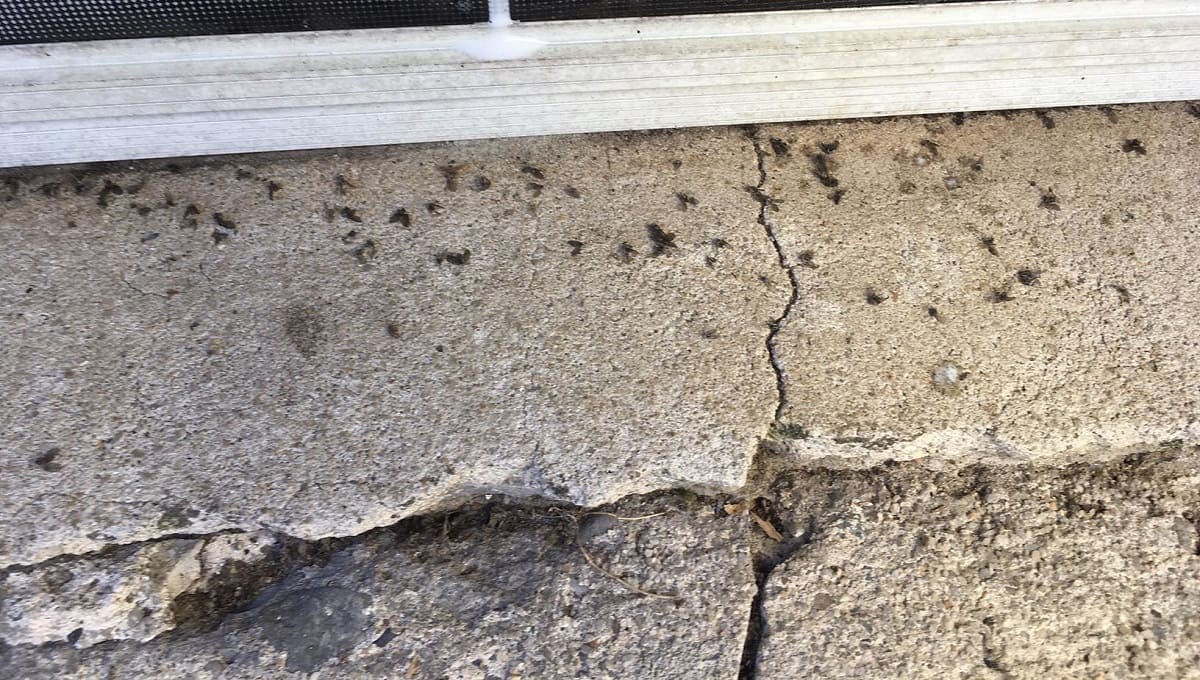
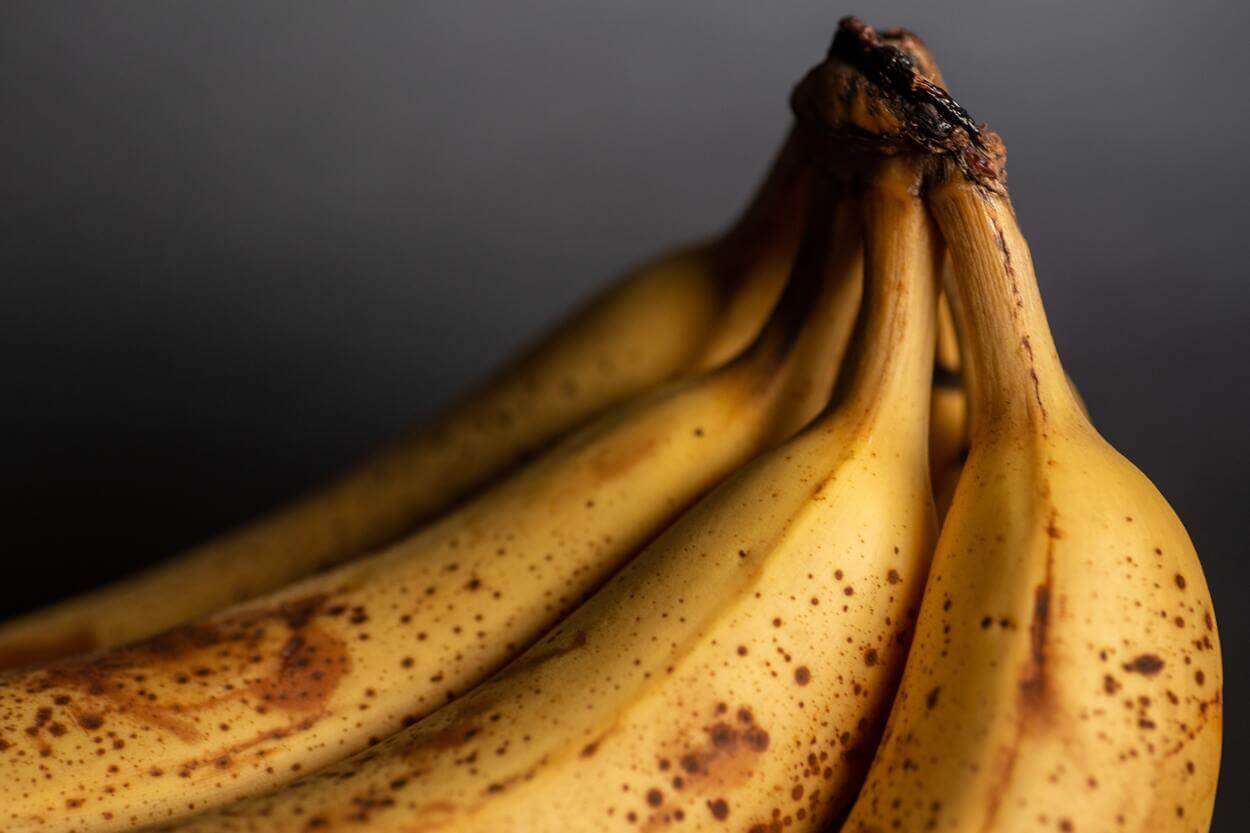
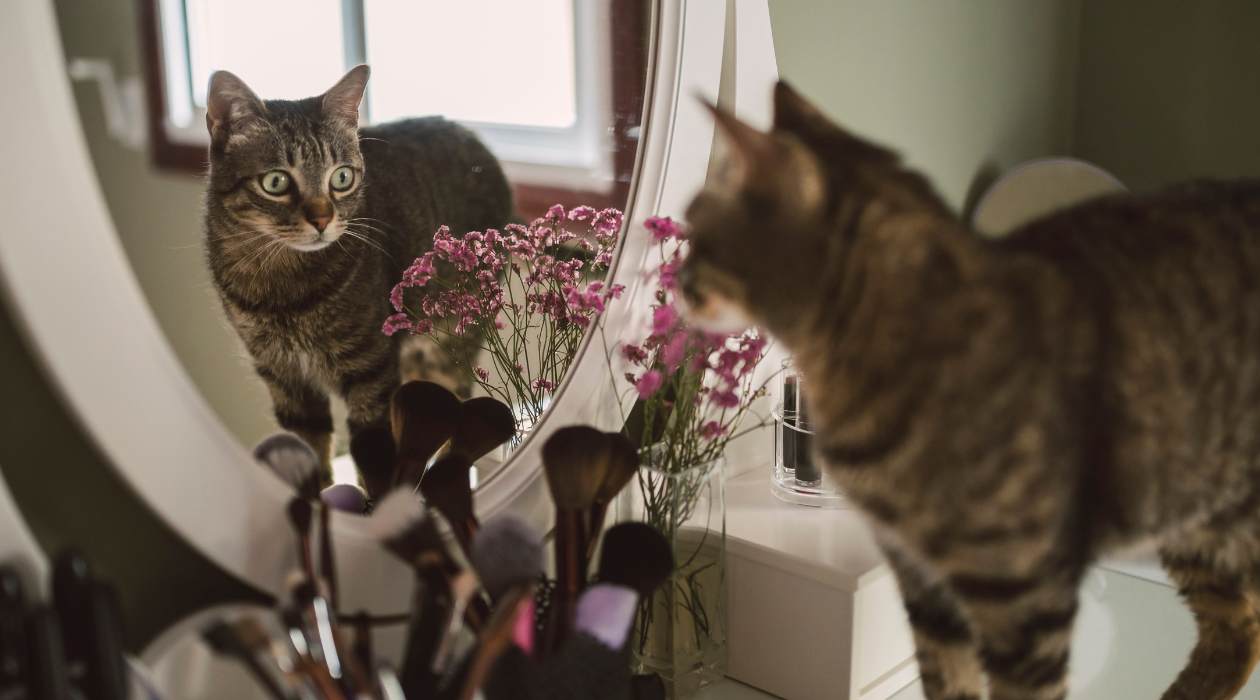


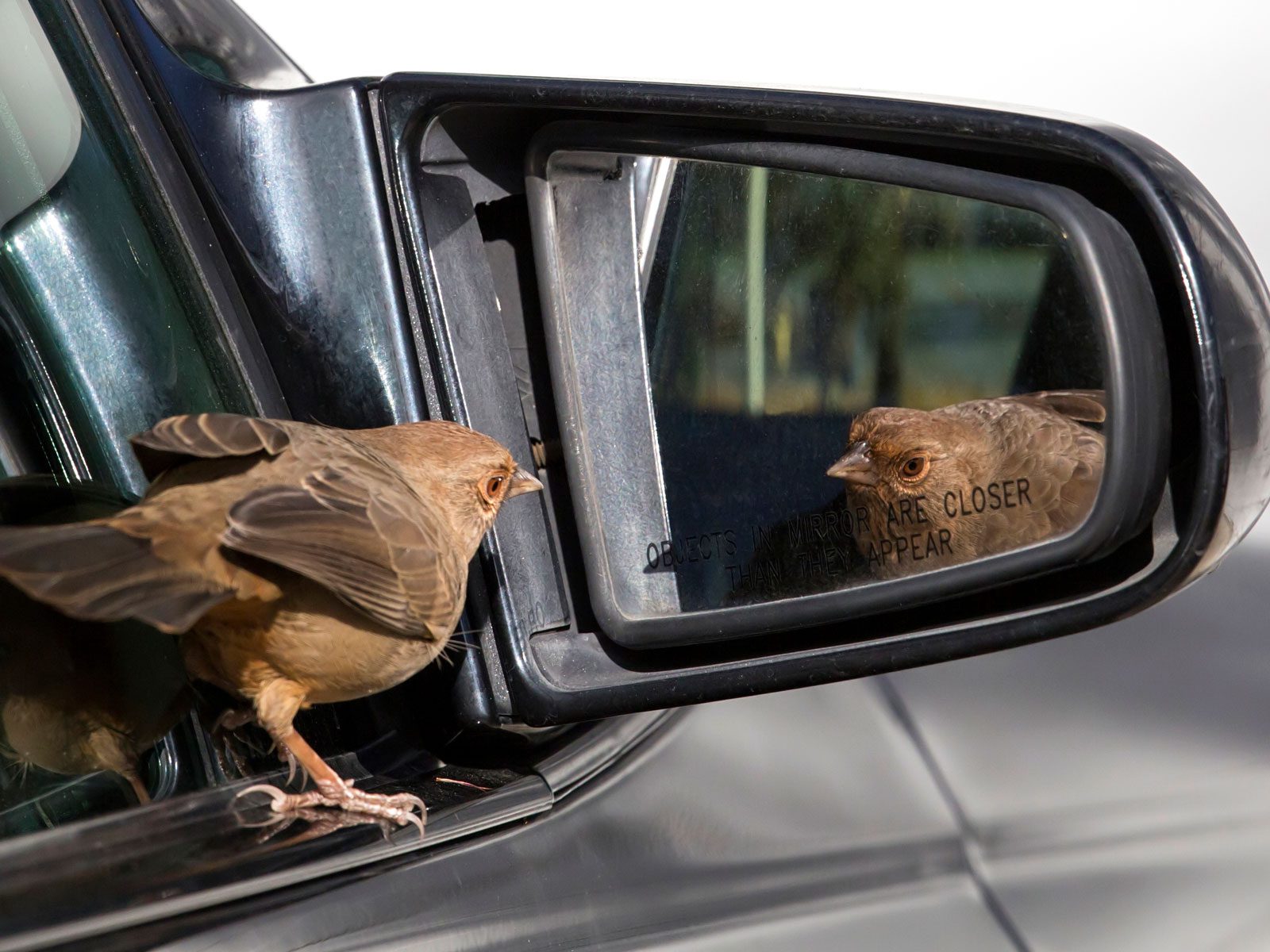
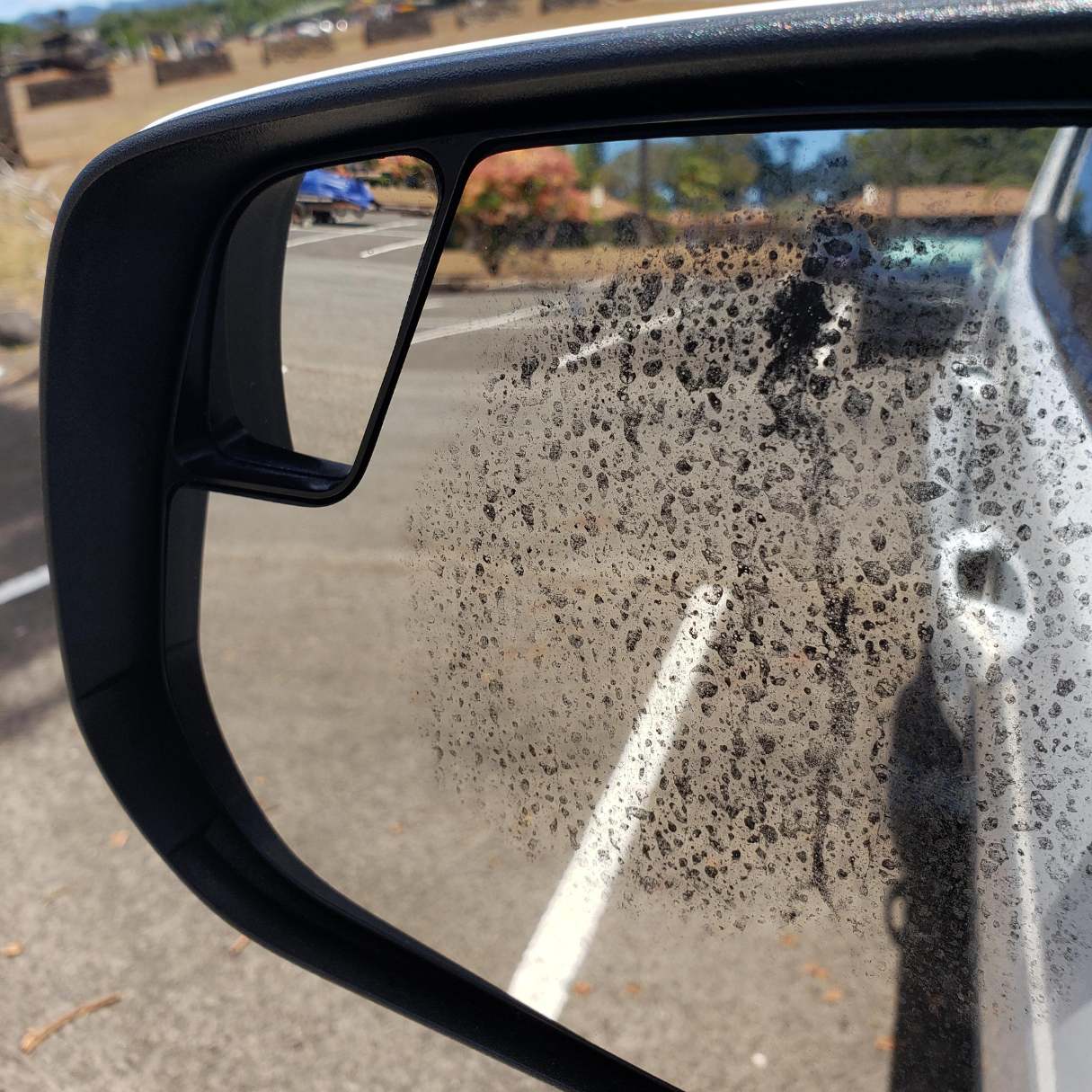

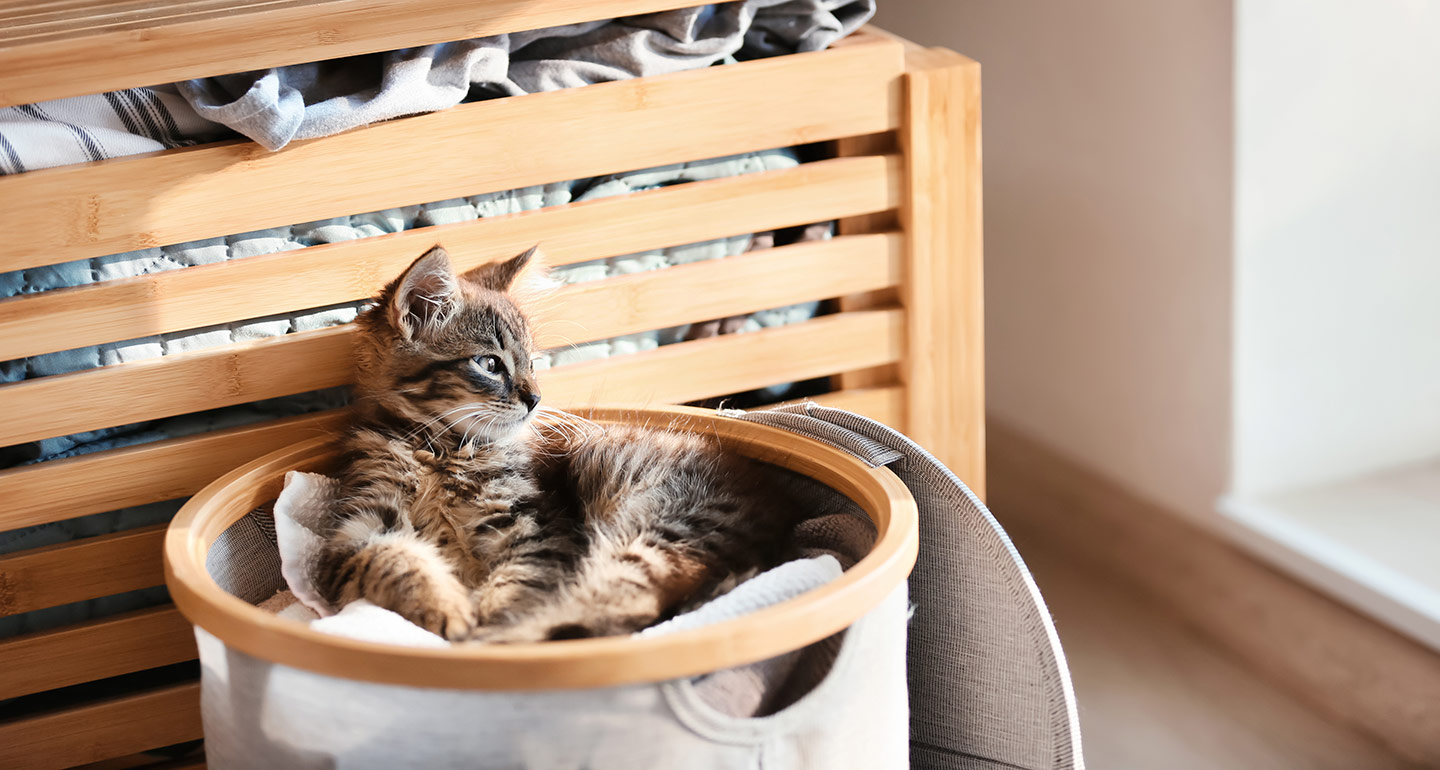
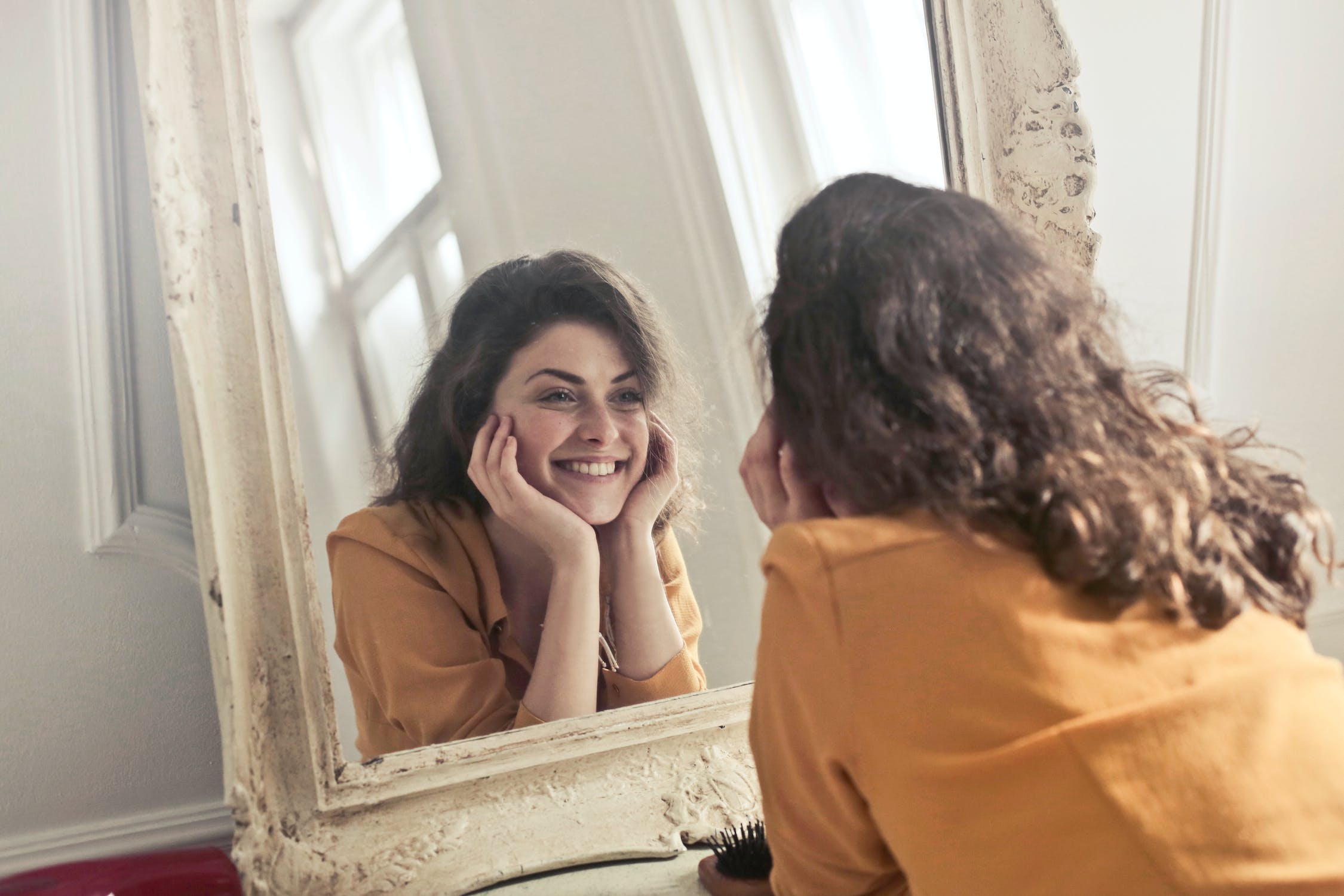

0 thoughts on “Why Do Fruit Flies Like Mirrors”